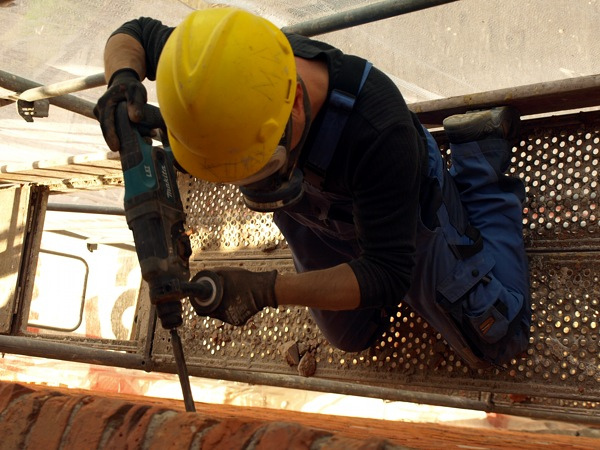No matter whether you are on a building site or in a laboratory, if there is any chance that an employee could be exposed to dangerous situations or materials, then personal protective equipment (PPE) is an essential consideration for employers.
In assessing what is necessary, questions such as who is exposed and to what, how long they are exposed for, and how much they are exposed to, should always be asked.
Kelly Ashley-Handford of Spencers Solicitors says that the full requirements for effective PPE are enshrined within The Personal Protective Equipment Regulations 2002 Act.
The Health and Safety Executive also provide easy-to-digest guidance on what constitutes PPE, and how to assess what PPE is essential on your site.
Adhering to the requirements
‘Once you have established the PPE your employees require, it is crucial to ensure they are wearing the correct safety clothing at all times,’ adds Ashley-Handford. ‘Although they may not be the most fashionable or comfortable, PPE can prevent painful and costly injuries.’
On a building site, for example, essential PPE usually includes hard hats and protective boots, but workers may also be required to wear safety glasses or visors. High-visibility jackets or vests also help ensure workers are visible to one another at all times.
Keeping all equipment readily available will ensure complacency doesn’t come into play. Often, there is just enough safety equipment for the workers, but it is really important to keep spares in case of loss.
In addition, any visitors to construction sites shouldn’t be forgotten, and if the correct PPE isn’t work then access should be denied, says Ashley-Handford.
PPE saves lives
Richard Graveling, chartered ergonomist at the Chartered Institute of Ergonomics and Human Factors (CIEHF) stresses that ergonomic PPE design saves lives.
‘Put simply, ergonomics is the study of the work you do, the environment you work in, and the tools you use to do your job. The goal of PPE design ergonomics is to design personal protection that fits you and the job you are doing,’ he says.
Applying ergonomics principles to PPE design helps to ensure that it fits properly and doesn’t interfere with work activities, Graveling explains.
He refers to the tragic case of a female police officer, stabbed to death after removing her stab-proof vest because it was getting in the way when she was trying to force entry to a property as part of a raid. ‘It highlights the importance of getting it right – and the potential cost of getting it wrong. Studies have shown that PPE which doesn’t fit properly or gets in the way (including clashing with other PPE) is less likely to be worn,’ he says.
Employers who fail to provide the correct PPE to protect their workers are rightly criticised. However, providing poorly fitting or cumbersome PPE can be just as bad and can lead to employees not wearing or removing PPE (and sometimes suffering injury or ill health as a result.
Engelbert Strauss specialises in the field of safety, offering a wide range of work wear, safety wear and personal protective equipment.





